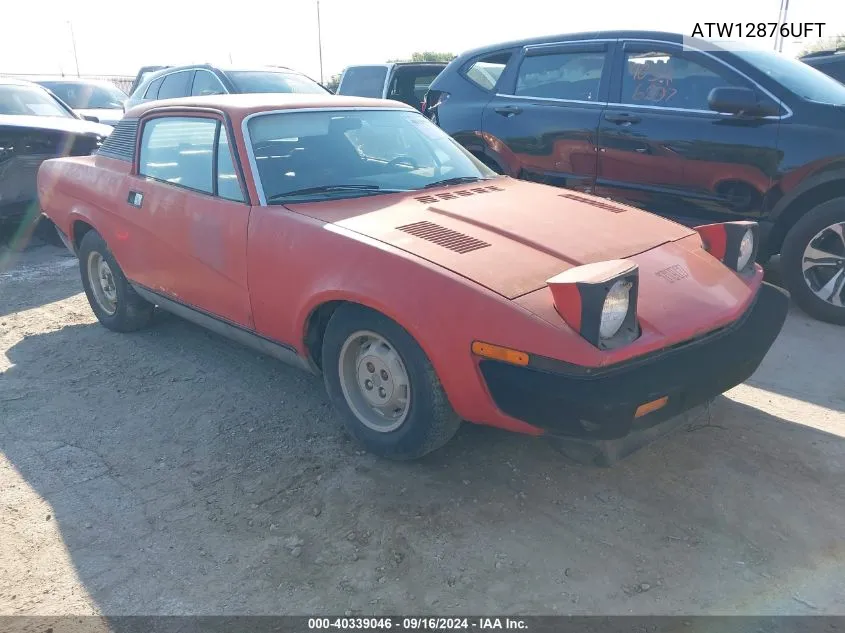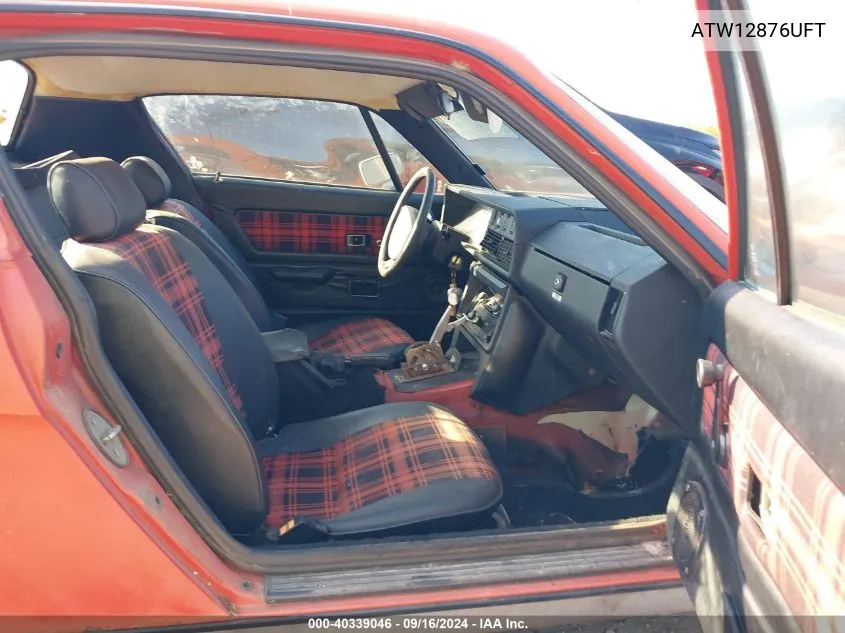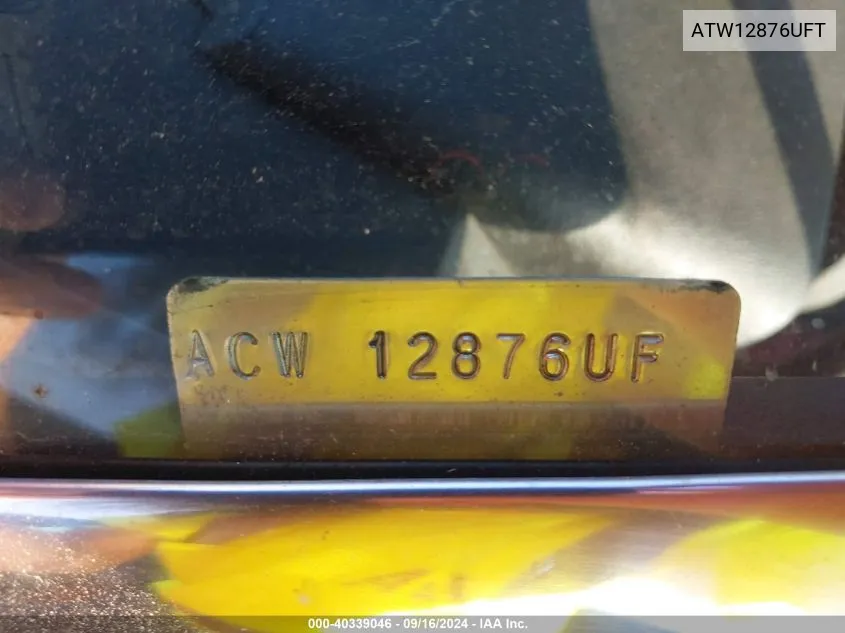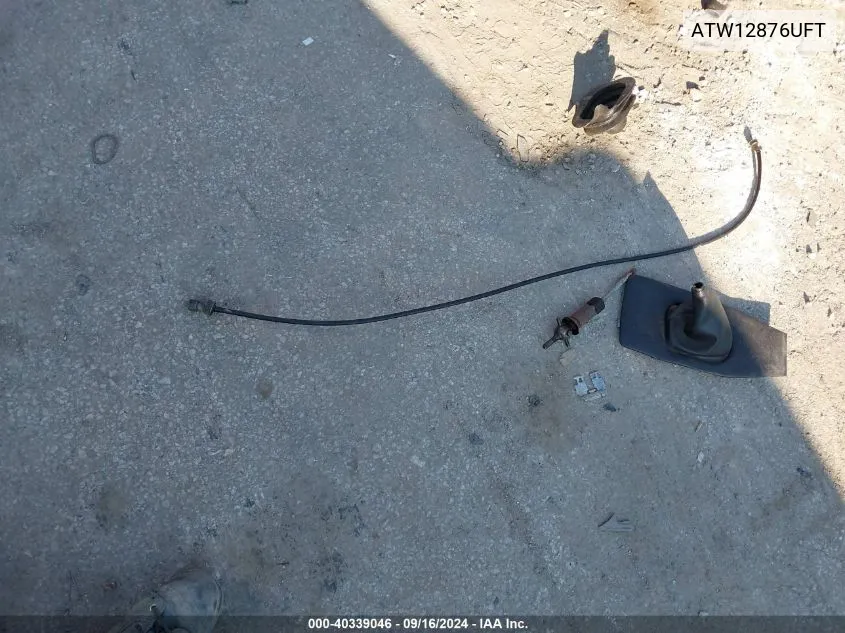Triumph TR7 (2)
1976 Triumph Tr7
Brand
Triumph
Model
TR7
Generation
TR7
VIN
ATW12876UFT
Auction number
40339046
Sale date
15.10.2024 13:30
Auction platform
iaai.com
Bid: 175 $
Open
1980 Triumph Tr7
Brand
Triumph
Model
TR7
Generation
TR7
VIN
TCT112006UCF
Auction number
39539663
Odometer
19632 km.
Sale date
21.10.2024 13:30
Auction platform
iaai.com
The Triumph TR7 is a legendary model that holds a place of honor in the history of the automobile industry. Its creation was an important milestone for Triumph, as it represented a new direction in design and production technology. Launched in the mid-1970s, the TR7 was presented as a model designed to update the image of Triumph and attract new customers with its modern style and dynamic characteristics.
The TR7 was produced in various modifications, from a coupe to a convertible. It attracted attention with its striking design and advanced technologies, including the use of an aluminum body, which made it light and maneuverable. Despite its modernity, the model faced some technical problems and changes in appearance, which caused controversy among fans of the brand.
The color range and years of production of the TR7 were impressive. The model was offered in a variety of bright and stylish colors, from classic white to bright red and metallic blue, which emphasized its sporty character and attracted the attention of passers-by. Production of the TR7 began in 1974 and continued until the end of 1981, when the model was replaced by the more modern TR8.
Sales of the TR7 were quite strong, although not always in line with the manufacturer's expectations. Despite its success, the model faced competition and some marketing problems. Nevertheless, it left its mark on the history of the automobile industry as one of the most iconic and memorable models of the Triumph brand.
History and evolution of the Triumph TR7: from inception to the present day
The TR7 was introduced in 1974 as a replacement for the successful TR6 line. The car was initially introduced as a coupe body, which immediately attracted attention with its bold and modern design. It was equipped with a 2-liter engine and had a rear-wheel drive configuration.
Model evolution and problems
- Modifications: The TR7 underwent a number of changes and modifications during its production, including convertible variants and a heavily modified turbocharged engine for the TR7 Sprint version.
- Problems: The TR7 faced some problems early in its release, including criticism for its interior design and trim, as well as build quality issues, which affected its reputation and sales.
Despite the initial problems, the TR7 eventually found its admirers. Its aggressive style and sporty characteristics attracted the attention of car enthusiasts, and in the following years it became one of the most recognizable models of the Triumph brand.
Dive In: The Birth of the TR7 Legend
Launched in 1975, this car was a great example of the style and engineering of its time. It was both innovative and sporty, combining the best traditions of the British car industry with innovative approaches to design and technology.
- Design: The TR7's famous wedge-shaped profile became its signature. It was a sharp contrast to the more graceful curves of previous models. This bold appearance immediately attracted attention and demonstrated the owner's boldness and determination.
- Technical Solutions: The TR7 introduced a number of technical innovations for its time, including independent suspension on all wheels, which provided excellent handling and ride comfort.
- Interior: Inside the car, owners were treated to comfort and functionality. The spacious interior and modern options made driving the TR7 comfortable and enjoyable.
Although the TR7 faced some problems and criticism, it left an indelible mark on the history of the automobile industry. Its bold design and innovative technologies make it an important step in the evolution of the automobile industry.
Modifications: from classics to innovations
The history of the Triumph TR7 model includes many modifications that reflect both classic design concepts and innovative technologies.
Since its introduction in 1975, the Triumph TR7 has evolved from the original coupe-bodied version to sportier and more modernised variations. A major milestone was the introduction of the open-top model in 1980, which brought a new, airy style to the entire range.
- Classic Modifications: When the TR7 first started out, it was a typical representation of a classic 70s sports car. With its four headlights, slender profile and tall taillights, it was an icon of its era.
- Innovative Solutions: As the automotive industry evolved, Triumph TR7 introduced new technologies and improvements. The inclusion of more efficient engines, improved aerodynamics and modern safety systems made it more attractive and competitive in the market.
Variety of Triumph TR7 versions and features
Modifications and features
- TR7 Coupe (1975-1981): The first version of the TR7 was released in a coupe body. This version of the car was available with several engine options, including a 2.0-liter 4-cylinder engine. The exterior design was characterized by modern lines and a recognizable silhouette shape.
- TR7 Spider (1979-1981): One of the most notable variants of the model, the Spider was produced in limited numbers. This version differed from the standard coupe in its sporty design with a convertible top and special interior trim.
- TR7 V8 (1977-1981): In response to the desire for more power, Triumph released the TR7 with a 3.5-liter V8 engine. This modification was more powerful and faster than the standard versions, which attracted the attention of motorsport enthusiasts.
Each version of the Triumph TR7 was unique and offered its own features, adding variety to the lineup of this legendary model. As new technologies and market demands emerged, Triumph continued to improve its cars, making them even more attractive to fans of the brand and car enthusiasts around the world.
Color palette: from classic shades to exclusive variations
The Triumph TR7, an iconic car of the 70s, offered a wide range of colour options to reflect the spirit of the times and the personality of each owner. From classic and popular to unique and exclusive variations, the TR7 colour palette embodied a variety of aesthetic preferences.
Among the most common color options were classic shades such as Polar White, Inca Yellow, Tahiti Blue and Brooklands Green. These colors emphasized the sporty appearance and character of the car, giving it an attractive and stylish look.
- Classic shades: Polar White, Inca Yellow, Tahiti Blue, Brooklands Green
- Exclusive variations: Carnival Red, Topaz, Delft Blue, Nimbus Grey
A look at: popular and rare colorways throughout the model's history
The history of the Triumph TR7 model is full of different color schemes, from classic to extravagant. Some shades became popular among owners, while others remained rare and attracted the attention of collectors.
During the Triumph TR7's production run, which lasted from 1974 to 1981, the car was available in a variety of colours, including classic black, red and white, as well as more unusual shades such as green, yellow and blue.
Popular colors:
- White: One of the most popular colours for the Triumph TR7 was white. This clean and bright shade gave the car a modern and stylish look, attracting the attention of buyers.
- Black: Classic black has always been a popular choice. Sleek and understated, the black Triumph TR7 gave a sense of luxury and sophistication.
- Red: The vibrant red colour made the Triumph TR7 expressive and memorable. It attracted attention and created associations with dynamics and passion.
Rare colors:
- Purple: Despite its rarity, the purple Triumph TR7 attracted connoisseurs of unusual and exclusive cars. This shade gave the model a mysterious and individual character.
- Orange: The vibrant orange colour was an unusual choice for the Triumph TR7, making the car stand out on the road and attract attention.
- Metallic Green: This unusual shade of green with a metallic sheen added character and charm to the Triumph TR7, attracting attention on the road.
Thus, the colour schemes in the history of the Triumph TR7 model represented a variety from classic to exotic shades, each of which gave the car a unique character and individuality.





















